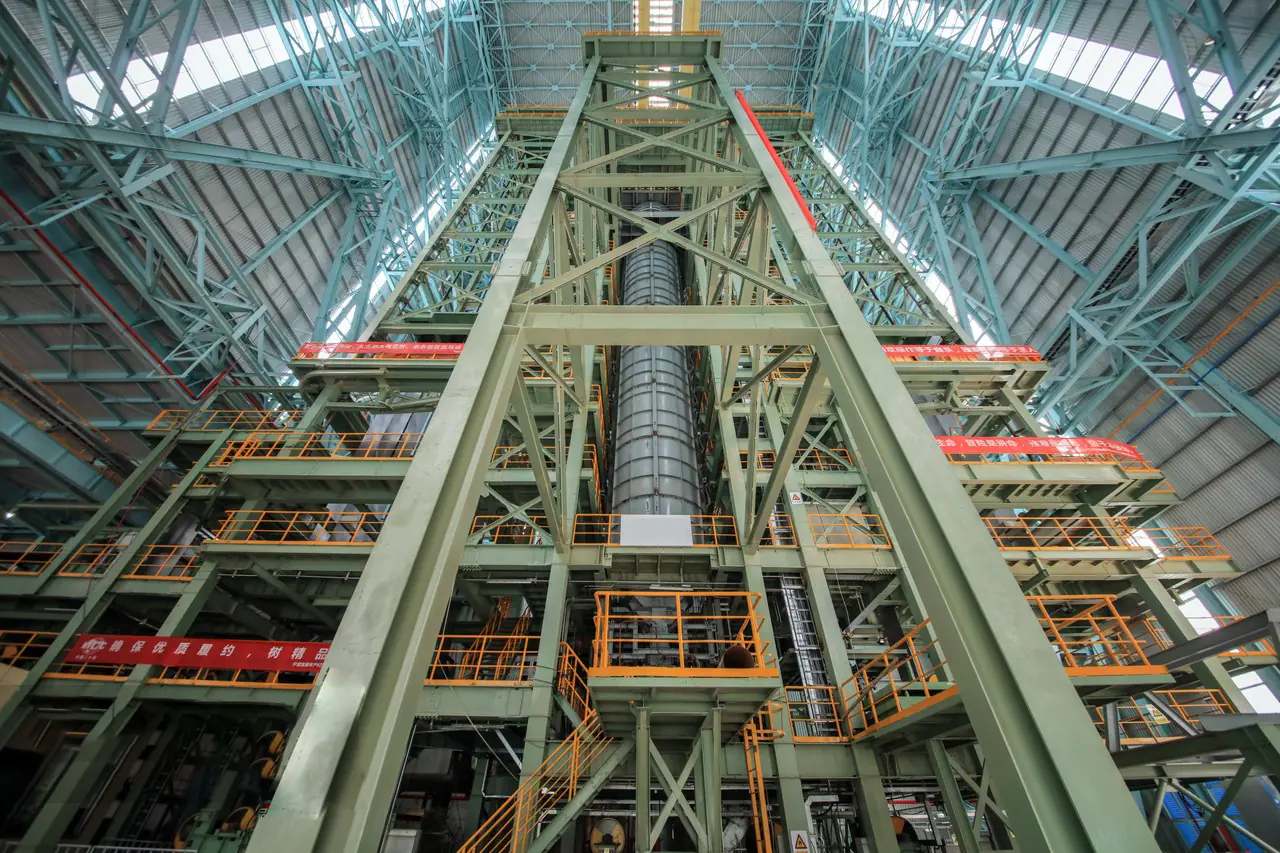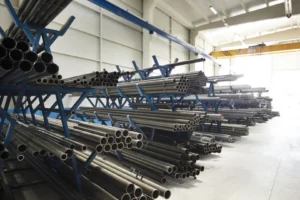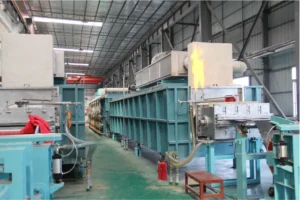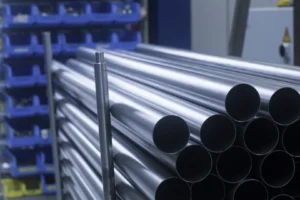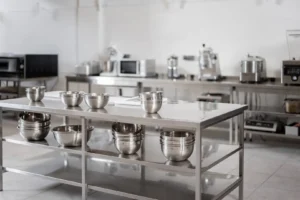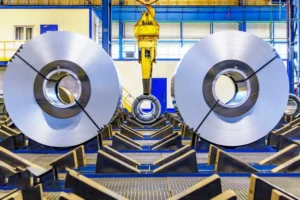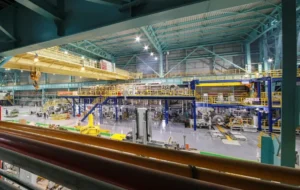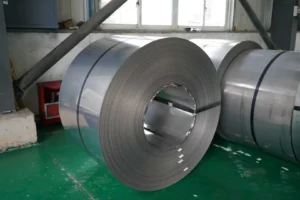How Do Hot Rolled and Cold Rolled Coils Differ?
Struggling to choose the right steel coil? Making the wrong decision can inflate costs and compromise your final product's quality. Understanding the core difference is your first step.
The primary difference between hot rolled and cold rolled coils lies in the manufacturing process. Hot rolling occurs above the steel's recrystallization temperature, while cold rolling is done at room temperature, resulting in distinct surface finishes, dimensional tolerances, and mechanical properties.
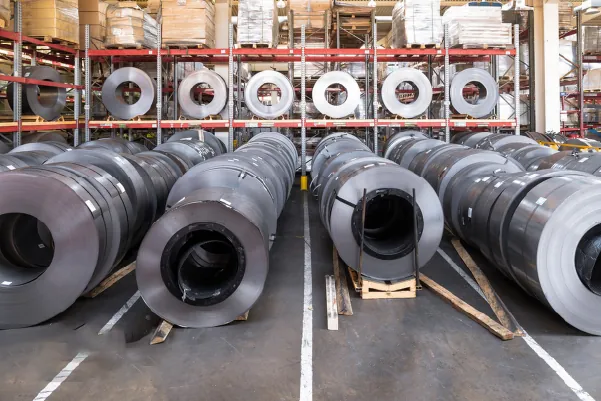
As the Global Business Director at MFY, I’ve guided countless partners through this exact decision. It's one of the most fundamental choices in the steel industry, yet it often causes confusion. The distinction isn't just technical—it has significant implications for your budget, your production process, and the performance of your end product. Let's break down these two workhorse materials to give you the clarity needed to make the best choice for your business.
What are the key characteristics of hot rolled coils?
Need a cost-effective material for structural use? High precision can be expensive and unnecessary. Hot rolled coil offers a strong, economical solution for large-scale applications without tight tolerance demands.
Hot rolled coils are characterized by a scaly, rougher surface finish, less precise dimensions, and lower cost. Produced at high temperatures, the steel is more malleable, making it ideal for structural components, pipes, and construction where fine tolerances are not the primary concern.
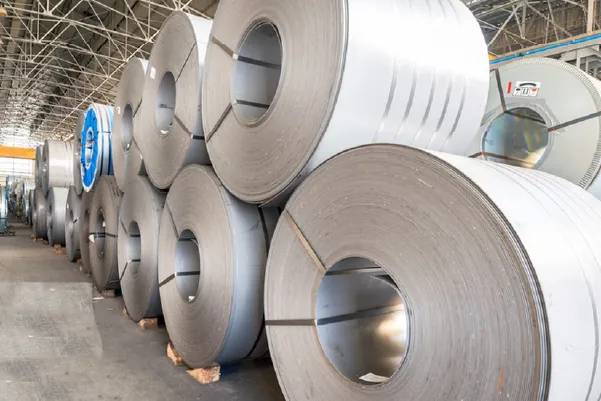
The "hot" in hot rolling is the defining factor. The process involves rolling steel at a temperature above its recrystallization point—typically over 930°C (1700°F). At this temperature, the steel is almost like clay, making it easy to shape and form into large quantities quickly. This high-temperature process is less intensive than its cold-rolled counterpart, which is why it's a more economical option. I remember a large infrastructure project in Southeast Asia where the client saved nearly 20% on their materials budget by opting for our hot rolled coils for the foundational structures. The slightly rougher surface and looser tolerances were irrelevant for the application, but the cost savings were a massive competitive advantage for them.
The Production Advantage
The key advantage of the hot rolling process is efficiency and cost. Because the steel is so pliable at high temperatures, it can be processed in larger volumes with less energy and force. This translates directly into a lower price point for the end-user. The trade-off, however, comes in the form of precision. As the steel cools, it shrinks slightly and non-uniformly, leading to less control over its final shape and dimensions. This is why you'll notice a characteristic scaly finish, which is an oxide layer that forms during the high-temperature cooling process.
Material Properties & Cost
| Feature | Hot Rolled Coil |
|---|---|
| Surface Finish | Scaly, rough |
| Dimensional Tolerance | Less precise |
| Cost | Lower |
| Internal Stresses | Minimal |
| Common Use | Structural beams, I-beams, railway tracks |
For applications where aesthetics and tight tolerances are secondary to strength and budget, hot rolled steel is the undisputed champion. It’s the backbone of construction and heavy industry for a reason.
What defines the cold rolled coil production process?
Need a perfect finish and exact dimensions for your product? Hot rolled steel just won't cut it. Cold rolling provides the precision and aesthetic quality your high-end products demand.
The cold rolled coil process involves further processing hot rolled steel at room temperature. This "cold working" increases the steel's strength and hardness while providing a superior, smooth surface finish and much tighter dimensional tolerances, making it more refined and precise.
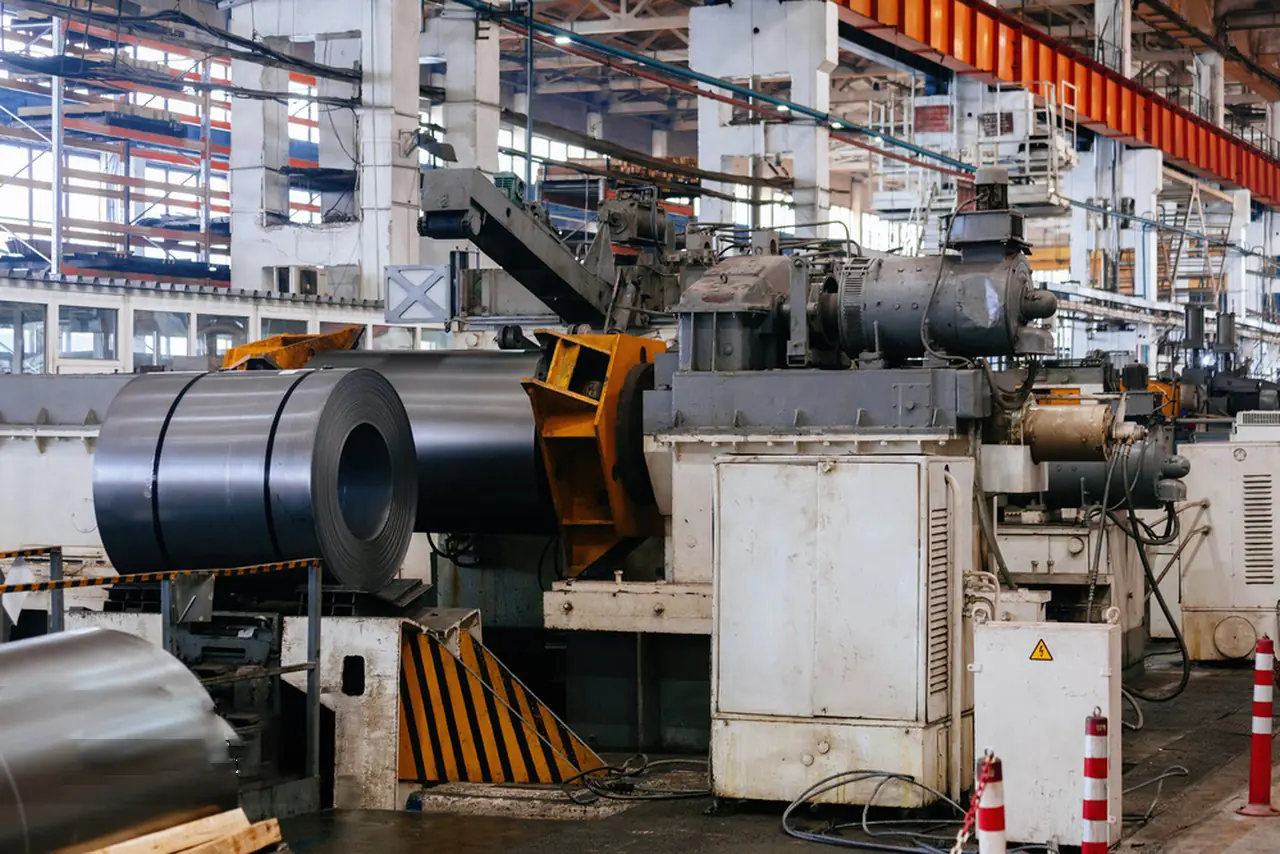
Think of cold rolling as the refinement stage. We start with a hot rolled coil that has been cleaned of its scale (a process called pickling[^1]) and then pass it through rollers at room temperature. This "cold working" requires significantly more pressure and energy, but the results are transformative. The process fundamentally changes the steel's grain structure, making it harder and stronger through a phenomenon called work hardening[^2]. This additional processing step is why cold rolled steel comes at a premium price, but for many applications, the benefits are non-negotiable. A client of ours in the German automotive sector relies exclusively on our cold rolled coils for their vehicle body panels. For them, the consistency, flawless surface, and precise thickness are essential for fit, finish, and safety.
From Hot Rolled to Cold Rolled
The journey from a hot rolled to a cold rolled coil is one of precision. After the initial hot rolling, the coil is allowed to cool. It's then run through a series of rollers without the application of heat. This compresses the steel, making it thinner and smoother. This process not only improves the surface finish but also allows for incredibly tight control over the final thickness and shape of the coil. This level of control is simply not possible with hot rolling.
The Impact of Cold Working
Cold working does more than just improve aesthetics. The compression of the steel's crystal structure increases its tensile strength[^3] and hardness by up to 20%. This makes it an excellent choice for components that need to be both strong and precise. However, this increased hardness also makes the steel less ductile, so it can be more challenging to form into complex shapes without cracking. It’s a classic engineering trade-off: strength for formability. Understanding this is key to selecting the right material.
How do hot rolled and cold rolled coils differ in terms of applications?
Using the wrong steel for the job? This leads to overspending or underperformance. Matching the coil type to the application is the most crucial step for project success and efficiency.
Hot rolled coils are used in construction, railway tracks, and structural parts where strength is more critical than finish. Cold rolled coils are ideal for applications requiring precision and aesthetics, like automotive parts, home appliances, metal furniture, and electronics enclosures.

At MFY, we see the full spectrum of applications, and the choice always comes down to the end-use requirements. It's a simple question: what does the part need to do? If it’s a structural beam for a warehouse, it needs to be strong and affordable; its looks are irrelevant. Hot rolled is the obvious choice. If it’s the door of a high-end refrigerator, it needs a flawless, paintable surface and exact dimensions to fit perfectly. That's a job for cold rolled steel. Misunderstanding this fundamental divide is one of the costliest mistakes I see in procurement. It's not about which steel is "better," but which is the right tool for the job.
Where Strength Outweighs Finesse
Hot rolled steel is the foundation of the modern world. Its applications are all about robustness and function over form. Think of the massive I-beams that form a skyscraper's skeleton or the durable steel plates used in shipbuilding. In these cases, the material's inherent strength and cost-effectiveness are the primary drivers.
When Precision is Paramount
Cold rolled steel is what you see and touch every day. It's the material of choice for consumer goods and high-tech applications where the surface and dimensions are part of the product's value. From the sleek casing of your laptop to the body of your car, cold rolled steel provides the beautiful and reliable finish customers expect.
| Application | Required Properties | Best Fit | Reasoning |
|---|---|---|---|
| Building Frame | High strength, low cost | Hot Rolled | Tolerances and surface finish are not critical. |
| Automotive Door Panel | Smooth surface, tight tolerance | Cold Rolled | A high-quality finish is essential for painting and aesthetics. |
| Agricultural Equipment | Durability, strength | Hot Rolled | The equipment must withstand harsh conditions; a rough finish is acceptable. |
| Home Appliance Casing | Flawless finish, formability | Cold Rolled | The product's appearance is a key selling point. |
| Railway Tracks | High strength, wear resistance | Hot Rolled | Durability and cost are far more important than precision. |
What factors should be considered when choosing between hot rolled and cold rolled coils?
Unsure which coil to specify for your next project? The decision can feel complex. Consider these key factors to ensure you make the optimal and most cost-effective choice.
Key factors include the required dimensional tolerance, surface finish quality, mechanical properties like strength and formability, and of course, the budget. The end-use of the product is the ultimate determinant, balancing performance requirements against the higher cost of cold rolled steel.
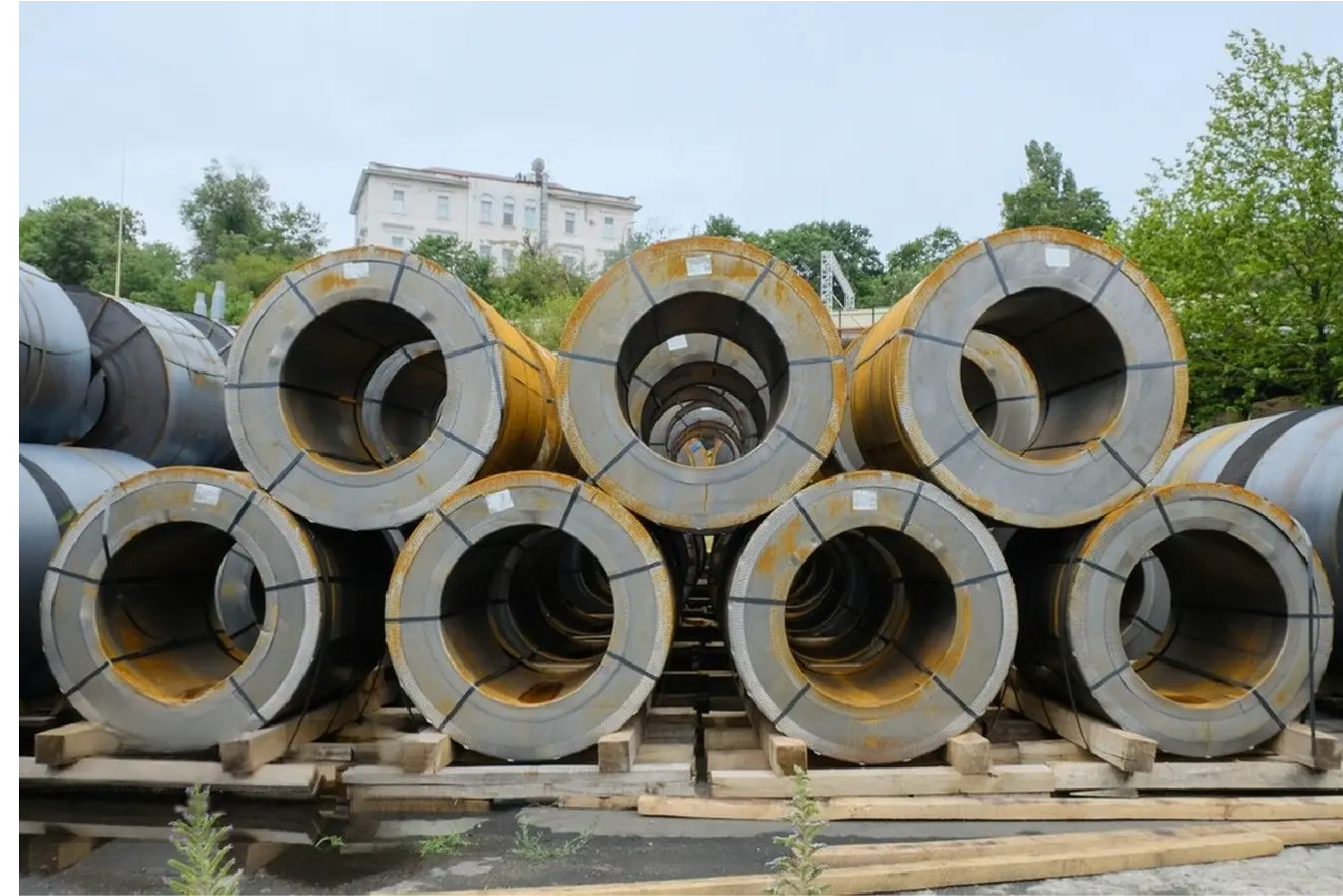
Making the right choice is a strategic business decision that impacts your entire supply chain. For manufacturers and distributors, understanding a client's priorities here is absolutely critical. It dictates what you should stock and how you should advise your partners. At MFY, we align our inventory with regional demand, stocking more hot rolled coils for construction-heavy markets and a wider variety of cold rolled specifications for advanced manufacturing hubs. It’s about anticipating the market's needs by breaking down the decision into a few core factors. This strategic alignment is what turns a simple supplier into a valuable partner.
Factor 1: Budget Constraints
This is often the starting point. Cold rolled steel is always more expensive than hot rolled due to the additional processing steps. If your project has a tight budget and does not require a pristine surface or tight tolerances, hot rolled is almost always the correct answer.
Factor 2: Tolerances and Precision
How exact do your dimensions need to be? If your components need to fit together seamlessly, like in automotive assembly or precision machinery, the tighter tolerances of cold rolled steel are a necessity. For structural applications, the looser tolerances of hot rolled are perfectly acceptable.
Factor 3: Surface Finish Requirements
Will the final product be visible? Will it be painted or coated? If the answer is yes, you will likely need the smooth, clean surface of cold rolled steel. The scaly surface of hot rolled steel must be removed before most finishing processes can be applied, adding cost and time.
Factor 4: Mechanical Demands
Consider the mechanical stresses the part will endure. Cold rolling increases strength and hardness but reduces ductility[^4]. If you need to perform complex bending or forming operations, a softer hot rolled product might be more suitable, or you may need a specific grade of annealed cold rolled steel.
What are the recommendations for using hot rolled and cold rolled coils effectively?
Want to optimize your steel procurement and use? Simply buying a product isn't enough. Effective use requires a strategic approach to maximize the value and performance you get from every coil.
For hot rolled coils, focus on structural integrity and cost-effectiveness; plan for secondary processing if a better finish is needed. For cold rolled coils, leverage their precision for high-value products and protect their surface to maintain quality and avoid costly defects.

This is where a reliable partner like MFY adds tremendous value. We don't just sell steel; we help our clients make strategic choices that enhance their operational efficiency and give them a competitive edge. It’s about thinking beyond the per-ton price and considering the total cost of use. Sometimes, spending more on a cold rolled coil can save you money on finishing and fabrication. Other times, sticking with hot rolled is the smartest financial move. Effective use is about having a holistic view of your project and your supply chain.
Maximizing Value with Hot Rolled Coils
The key to using hot rolled steel effectively is to embrace its strengths: cost and durability. Don't over-specify. If you're fabricating a structural beam that will be hidden behind drywall, the rough surface of hot rolled is perfectly acceptable and will save you a significant amount of money. If you do need a better surface for a specific part, you can plan for targeted secondary processing like sandblasting or grinding, which is often cheaper than using cold rolled for the entire project.
Preserving Quality in Cold Rolled Coils
With cold rolled steel, you are paying a premium for its pristine surface and precision. Therefore, the most important recommendation is to protect that investment. Proper storage and handling are critical to prevent scratches, rust, or dents that can ruin the final product and negate the cost advantage. Ensure your fabrication processes are clean and that the material is handled with care throughout its journey from our warehouse to your finished product. The premium you pay is for the finish; don't lose it to carelessness.
Conclusion
Ultimately, the choice between hot and cold rolled steel is not about which is better, but which is right for your specific application. Understanding their core differences in processing, properties, and cost empowers you to make smarter, more profitable decisions for your business and your clients.
Have Questions or Need More Information?
Get in touch with us for personalized assistance and expert advice.
